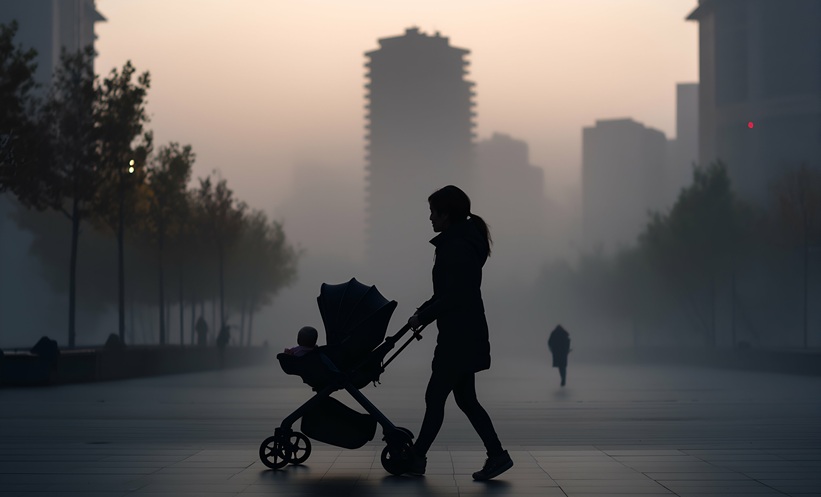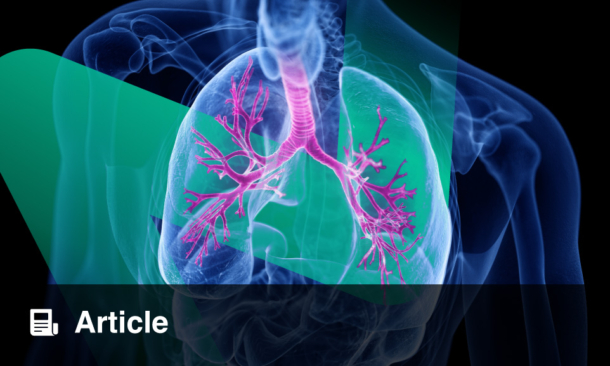A NEW study analysing the trends in mortality from occupational chronic respiratory diseases (CRD) caused by particulate matter, gases, and fumes (PMGF) highlights both progress and ongoing challenges.
Data from the Global Burden of Disease 2021 were extracted to assess the age-standardised mortality rate of PMGF-attributed CRDs, using joinpoint regression to examine global trends from 1990–2021, and age-period-cohort models to analyse the impact of age, period, and cohort effects.
The results showed a decline in the age-standardised mortality rate (ASMR) for PMGF-attributed CRDs from 21.74 (13.34, 30.11) in 1990 to 12.84 (7.80, 18.20) in 2021, with an average annual percentage change of -1.69 (-1.82, -1.56). The most significant declines were observed in females, cases of pneumoconiosis, and regions such as Southeast Asia, East Asia, and Oceania. However, some regions saw increases in mortality rates, including South Asia, low-middle sociodemographic index countries, and high-income nations, where females experienced rising rates.
The Western Pacific showed the steepest reductions in mortality, while rising mortality rates were noted among female patients with chronic obstructive pulmonary disease in Nordic countries and the Americas. An increase in pneumoconiosis mortality was observed in the Middle East and North Africa.
Despite progress in reducing mortality from industrial pollution-linked respiratory diseases, significant challenges persist in certain regions, particularly among women and specific disease groups. Continued efforts are essential to address these disparities.
Reference
Zhou Y et al. Global trends and age-period-cohort effects of chronic respiratory disease mortality attributed to industrial gaseous pollutants from 1990 to 2021. Sci Rep. 2025;15(1):11924.







